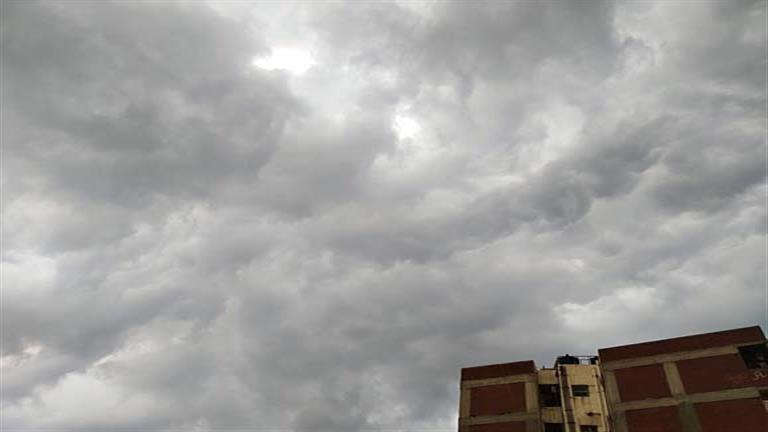We now know you need to protect yourself from the sun and monitor your moles to avoid developing skin cancer. But if we distrust melanoma, the most serious cancer, we know less about carcinoma, another skin cancer. On the occasion of the Paris Dermatological Days, a congress that from 29 November to 3 December made the rounds of the major topics and innovations for skin diseases, Our time examine the symptoms and treatments of this skin cancer.
What is a carcinoma?
carcinoma it is a type of skin cancer. It is both more common (80% of skin cancers) and less serious than melanoma because it is often superficial (develops from the epidermis) and localized (with a lower risk of metastasis). It is related to UV exposure, like all skin cancers. And it mainly appears on the face, skull, back of the hands and neckline. Many areas very exposed to the sun. “A good reflex is to wear a hat or a cap,” recalls Gaëlle Quéreux-Baumgartner, head of the department of dermatology at the university hospital of Nantes.
How many people are affected by this skin cancer?
About 130,000 new cases are detected in France each year. And the number of people affected by this pathology doubles every 10 years. An increase linked to the aging of the population and our lifestyle more oriented towards leisure, therefore with greater exposure to the sun. Carcinomas occur mainly after the age of 50 and grow slowly. They are therefore rarely fatal.
Are there different types of cancer?
There are two types of carcinomas:
- Basal cell carcinomas, less serious, which account for ¾ of these tumors. They appear as raised, translucent nodules or lesions.
- Squamous cell carcinomasthey tend to appear between the ages of 60 and 80 and are budding tumors that bleed easily.
How serious are these skin cancers?
In most cases, they are caught early and successfully managed surgically. However, some patients arrive late to the dermatologist and therefore it is no longer the time to operate. Especially since carcinomas are painless tumors. Then we talk about advanced skin cancers and the options are limited to treat these patients, which are quite rare. “Advanced cancers are more frequent and progress faster in immunocompromised people,” explains Gaëlle Quéreux-Baumgartner.
Read also > Skin cancer: a new drug on the market
What are the innovative treatments for advanced cancers?
- For basal cell carcinomas
Research has advanced in recent years, bringing relief to these patients with no solution. One drug has proven its effectiveness: it is an inhibitor that blocks the proliferation of cancer cells. Two drugs have been in use for about ten years: vismodegib and sonidegib. Both have demonstrated approximately 50% efficacy against these carcinomas, with or without metastases. A capsule to be taken every day, easy to use, but with significant side effects, including loss of appetite and taste, which are problematic in elderly patients.
- For epidemic cancers
“5 years ago the only answer was chemotherapy of modest efficacy, in fact after a year half of the patients were dead”, underlines the dermatologist. Clearly, hope in cancer comes from immunotherapy, this way of stimulating the patient’s natural defenses to kill the cancer cells. % of patients respond to this treatment quickly, in just 2 months. “However, with this disease, we don’t have time to wait,” recalls Gaëlle Quéreux-Baumgartner. At one year, the probability of survival reached 73.3%. Another plus: “This drug works for all age groups and is fairly well tolerated in immunocompromised patients,” he continues.
A real-life study this time, involving 245 patients, confirms the effectiveness of this treatment by 50%. If this treatment is marketed, it is currently not reimbursed in France, because the Transparency Commission has attributed a low effective benefit (SMR) to this monoclonal antibody. Also, there is no study comparing this new treatment and traditional chemotherapy. “But it is used in other countries,” regrets Nicolas Dupin, dermatologist at Cochin hospital and president of the French Society of Dermatology (SFD), who has written a letter denouncing this shaky situation: there is an effective treatment, but not refunded. Indeed, some hospitals find arrangements to benefit the handful of patients who need it, either by paying for it, by using other similar treatments, or by including these patients in clinical trials. “It would affect around fifty patients,” explains Gaëlle Quéreux-Baumgartner. How to take this drug? With one injection every three weeks.


